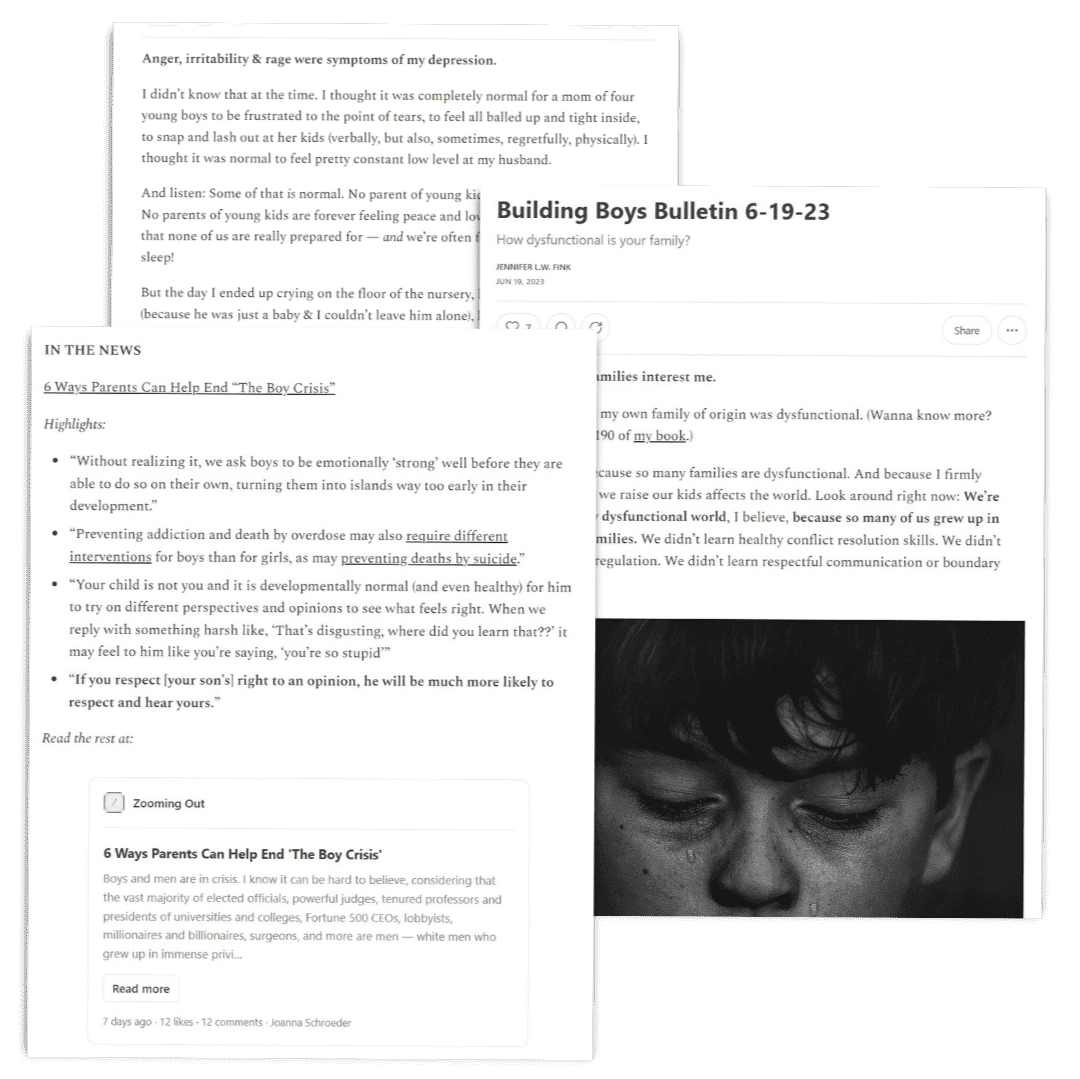How much do you know about boys’ learning styles?
In order to teach boys effectively, it’s important to understand how they learn. Some say the best way to help underachieving boys is to treat them like girls and take the same approach to teaching them, but that’s the last thing you want to do because boys learn differently.
(Note: We are talking very generally in this post. All kids have unique learning needs, and you’ll get the best results if you tailor your interventions to the human being before you.)

The key is understanding the differences in the way that they understand and process information, so education can be tailored to them. This means better methods can be used to help them understand and retain information. So, how do boys learn differently from girls?
Boys Tend To Be Less Focused At An Early Age
Let’s face it, boys tend to be more active and less focused at a young age. Their brains mature at a different rate than girls’, so your average 5-year-old boy is not able to sit still and pay attention as long as an average 5-year-old girl. The frontal lobe, the part of the brain that’s involved in impulse inhibition, matures later in boys than in girls, so young boys appear more distractible and less able to appropriately follow direction.
As boys mature, this disparity disappears. When boys are first starting school, though, it’s important to recognize that they may not be able to focus as long as their female classmates. In the classroom, this fact means that teachers must deliberaly engage boys and maintain their attention with interesting activities instead of talking at them for extended periods.
Boys Prefer To Focus On One Thing At A Time
Recent studies have shown that boys tend to be more singularly focused on tasks, meaning they’ll focus better if they are given one task at a time. This is in contrast to girls who, generally speaking, can handle multiple tasks simultaneously. It’s important to recognize this difference so that lessons can be tailored accordingly. Mastery learning techniques are particularly effective for boys. This is a style of learning where the student has a full mastery of a certain concept before moving on to the next step. Often, teachers will try to present different pieces of the puzzle, so to speak, in the hope that everything will slot into place. In some cases, this style can be effective, but boys that are singularly focused may struggle and would be more successful with a mastery learning approach, especially with subjects like math.
Boys Are Often More Movement Driven
Boys are often more movement driven, meaning they prefer to learn when they can move around. Instead of sitting in desks or chairs for extended periods, children will retain information better if the subject matter is taught while they are on the move – perhaps outside or standing up. Kinesthetic learning involves movement and sensory activities. Boys tend to respond better to this style of learning, meaning it could be a useful technique for teachers. (Note: research has shown that movement during learning helps girls too!) Even something as simple as throwing a ball back and forth can engage kids’ brains far more effectively than if they were sitting at a desk reading from a book.
Naturally, boys’ learning styles vary. All children are different and their brains are wired differently. However, studies show that these trends are present in a lot of young boys, and it’s important that we take this into account when planning their education. Treating boys and girls the same and trying to teach them in the same way could actually harm their education.
This post may contain affiliate links






